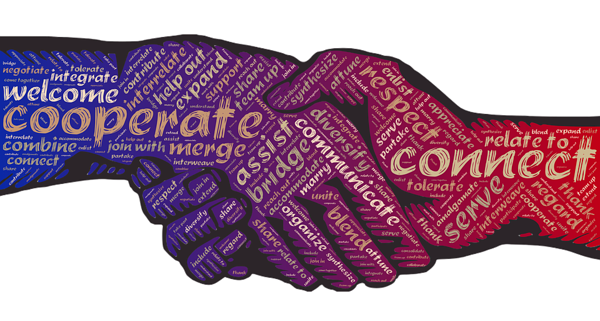I am passionate about Inclusive Communication (previously known as Total Communication). This approach focuses on recognising, respecting, facilitating and using the forms of communication that work best for each individual.
We all express ourselves and understand other people in myriad different ways. These include facial expression, tone of voice, body language, gesture, speech, writing and images. That’s valuable because our ability to communicate is central to our quality of life and ability to form meaningful relationships with others. It's vital for our independence, inclusion in society, our civil rights, and our ability to understand options and make choices.
Unfortunately, many individuals (including many people with learning disabilities) are disadvantaged because they find it challenging to understand or use speech and writing. These people can often communicate more easily and successfully when they (and their supporters) use Augmentative and Alternative Communication (AAC) strategies that utilise some of the other ways we communicate - for example by using images, formalised gesture (signing) or computer software. There are many different AAC resources that use each of these strategies to aid expression, understanding or both.
It is important to remember that people's physical AAC tools
or resources must belong to them (not to their school, local
authority or current placement) to ensure that their ‘voice’ transitions
with them, to be used and developed throughout their lives, in each environment and
with different people.
We can enable individuals to express themselves and understand others to their full potential by identifying, valuing, supporting and using the most efficient and effective methods of communication for them.
Click here for more information about my AAC skills and certification.